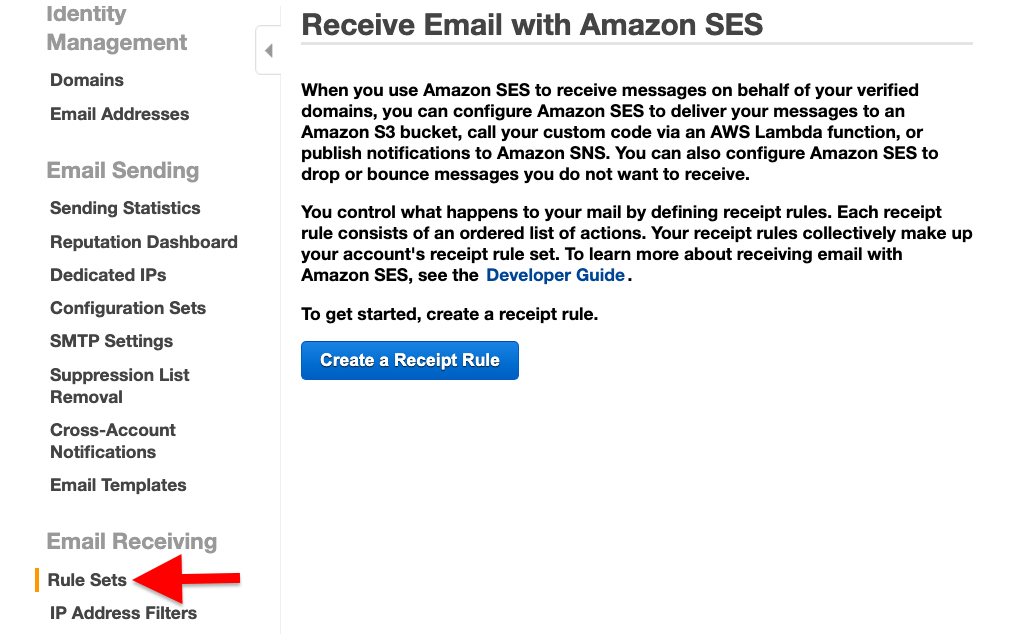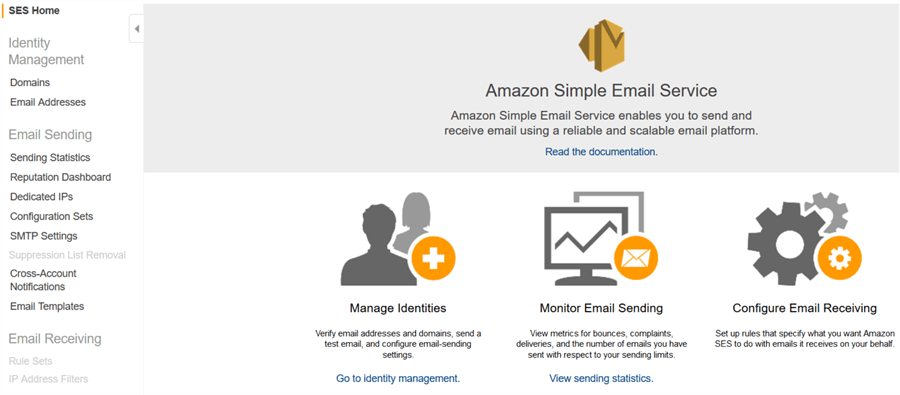

Route53 will monitor the health of your primary site using health checks. For example, you may want your primary site to be in EU-WEST-2 and your secondary DR Site in AP-SOUTHEAST-2. This is used when you want to create an active/passive setup. Latency is evaluated in terms of the user to designated AWS Region 2.4 Failover Routing Policyįailover routing lets you route traffic to a resource when the resource is healthy or to a different resource when the first resource is unhealthy. Latency-based routing is based on latency measurements performed over a period of time, and the measurements reflect these changes. To use latency-based routing, we need to create a latency resource record set for EC2 or ELB resources in each region that hosts your website. 2.3 Letancy Routing PolicyĪllows you to route your traffic based on the lowest network latency for your end-user (ie which region will give them the fastest response time). If you want to stop sending traffic to a resource, you can change the weight for that record to 0. You can gradually change the balance by changing the weights. For example, you can set 10% of your traffic to go to US-EAST-1 and 90% to EU-WEST-1. 2.2 Weighted Routing PolicyĪllows you to split your traffic based on different weights assigned.


The client then chooses a value and resubmits the query. (If you choose the simple routing policy for an alias record, you can specify only one AWS resource or one record in the current hosted zone.) If you specify multiple values in a record, Route 53 returns all values to the recursive resolver in random order, and the resolver returns the values to the client (such as a web browser) that submitted the DNS query.

If you choose the simple routing policy in the Route 53 console, you can’t create multiple records that have the same name and type, but you can specify multiple values in the same record, such as multiple IP addresses. Simple Routing Policy does not support health checks If you specify multiple values in a record, Route53 returns a random one which is chosen by the client
#AWS EMAIL SERVER RECORD FREE#
Free of charge, and native health checks.Works for ROOT DOMAIN and NON ROOT DOMAIN,.Use an ALIAS record if you’re trying to alias the root domain (apex zone). The ALIAS record maps a URL to an AWS Resource but can co-exist with other records on that name.Use a CNAME record if you want to alias one name to another name. It should only be used when there are no other records on that name. The CNAME record maps a URL to another URL.They are used by top-level domain servers -> direct traffic to Content DNS Server, which contains the authoritative DNS Records 1.3 A RecordĪn “A Record” is a fundamental type of DNS RecordĪ Record is used by a computer to translate the name of the domain to an IP Address 1.4 Alias Record and CName The default number of seconds for the “time-to-live” (TTL) file on resource records 1.2 NS Record.The name of the server that supplied the data.In seconds 1.1 Start of Authority Record (SOA) It is the length that a DNS record is cached on Note: Elastic Load Balancers do not have pre-defined IPv4 addresses, you resolve to them using a DNS name. Record Type Description A Host Address AAAA IPv6 host address ALIAS Auto resolved alias CNAME Canonical name for an alias MX Mail eXchange NS Name Server PTR Pointer SOA Start Of Authority SRV Location of service TXT Descriptive text


 0 kommentar(er)
0 kommentar(er)
